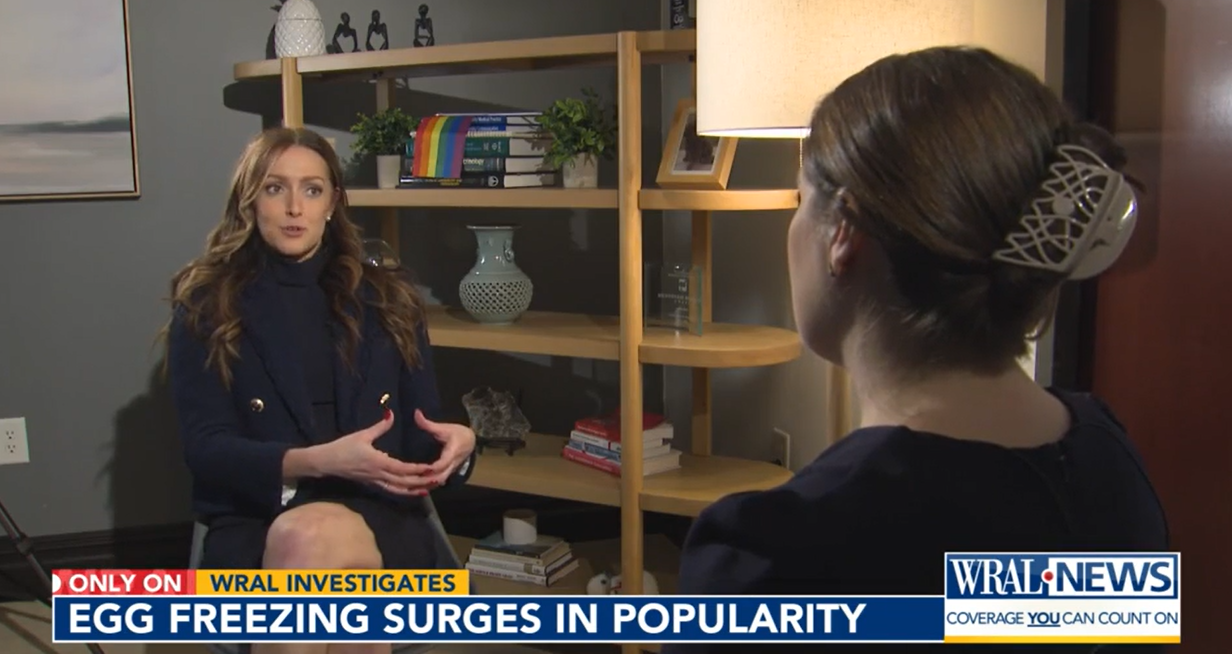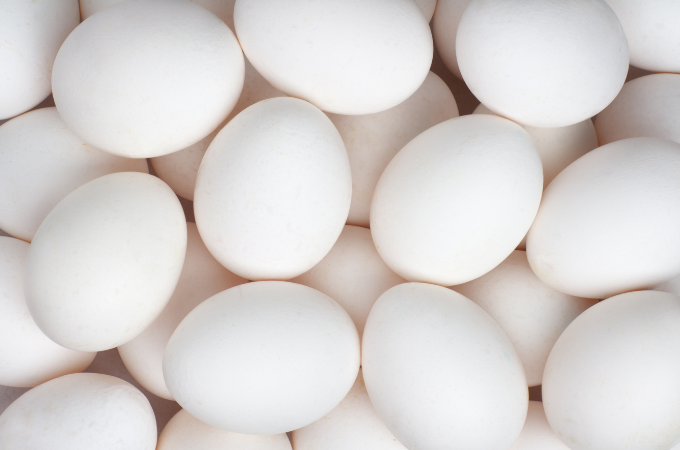Watch Isaac Sasson, M.D., Ph.D., from Shady Grove Fertility’s Chesterbrook, PA, office, as he discusses the difference between egg quality and egg quantity.
Age is always the best indicator of a woman’s egg quality as there is no medical test for egg quality. Age is also an indicator for egg quantity. As a woman ages, the number of eggs in her ovarian reserve slowly declines, with a steeper decline beginning around age 35. Around this time, the quality of the eggs also becomes affected at a greater rate of chromosomal abnormalities.
There is no one perfect test for ovarian reserve, or one that can tell a woman how many eggs she has left, or if the egg she is releasing any given month is a healthy one. Several tests are used routinely as indirect measures of ovarian reserve, but these tests do not tell us the actual quantity of eggs available. If you’re considering egg freezing to preserve your family building options, some common tests that your doctor may order include baseline follicle-stimulating hormone (FSH) and estradiol levels, anti-Müllerian hormone (AMH), and antral follicle counts.
For women who are not looking to conceive right away, because birth rates decline as women age due to the changes in egg quantity and quality that naturally occur, egg freezing offers women an opportunity to preserve their eggs when they are of better quality and are more numerous, in the event they have trouble conceiving later in life and their egg supply and/or egg quality are found to be the cause.
You can schedule an appointment directly with a Shady Grove Fertility specialist without a referral by calling 1-877-971-7755 or click here to complete our brief online form. In fact, 50 percent of our patients are self-referred and more than 90 percent have insurance for their physician consultation. When deciding what action to take, we encourage women to be proactive.






